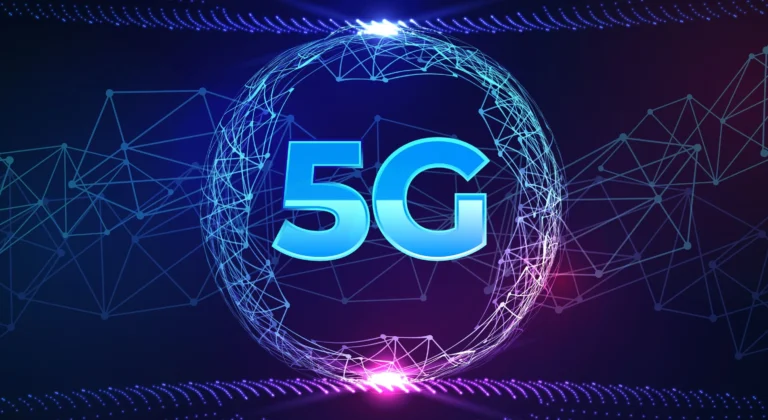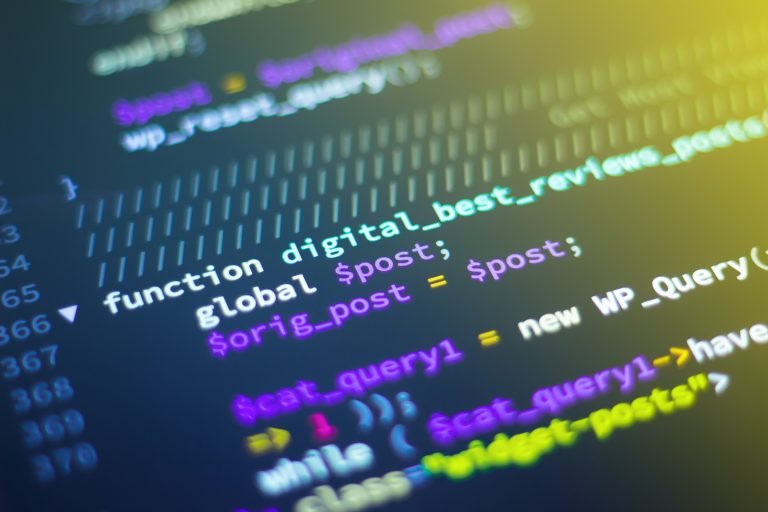
AI code assistants—tools that autocomplete code, suggest functions, or generate boilerplate—have evolved from novelty toys to integrated developer aids. They change how teams prototype, document, and maintain software. This article explores what these tools do well, their limitations, how they affect workflows, and best practices to get value safely.
Capabilities and typical workflows
Modern code assistants offer:
-
Contextual completion: Predicting code based on surrounding context (variables, types, comments).
-
Code generation from prompts: Producing functions, tests, or entire modules from natural language descriptions.
-
Refactoring suggestions: Rewriting code for clarity, extracting functions, or updating APIs.
-
Documentation and comments: Auto-generating docstrings or inline explanations.
-
Test generation: Creating unit tests or fuzzing harnesses based on function behavior.
Common workflows position the assistant as a co-pilot: the developer prototypes quickly with generated code, then reviews, tests, and adapts it.
Benefits
-
Speed and productivity: Remove repetitive typing, quickly scaffold features, and generate tests to increase coverage.
-
Onboarding: New team members can produce useful code faster with guided suggestions.
-
Knowledge diffusion: Assistants encapsulate patterns from many sources, helping spread best practices if configured correctly.
Risks and limitations
-
Hallucinations: Models can produce plausible but incorrect code (wrong API usage or subtle security bugs).
-
License and provenance: Generated code may be influenced by training data; teams should audit licensing and attribution policies.
-
Overreliance: Blind trust in generated code can introduce defects or insecure patterns.
-
Context limits: Assistants work best with local context; for large systems or domain logic, they may miss global invariants.
Safety, testing, and verification
-
Treat generated code as a draft: Always peer review and use unit/integration tests.
-
Static analysis and linters: Run tools to catch style and security issues automatically.
-
Dependency vetting: Generated code might reference libraries—ensure organizational policies approve them.
-
Credential hygiene: Avoid pasting secrets or proprietary logic into prompts.
Integrating into team workflows
-
Define guardrails: Document where assistants can be used (e.g., prototyping, tests) and where human review is required (e.g., cryptography, access control).
-
Create templates and snippets: Curate approved code patterns to reduce risky suggestions.
-
CI checks: Automatically test and scan generated artifacts before merging.
-
Training and culture: Teach developers prompt-engineering basics and emphasize ownership of final code.
Legal and ethical considerations
Open questions remain around training data, attribution, and copyright. Organizations should:
-
Audit terms of service for the assistant.
-
Use tools offering enterprise features like private models or on-premise deployment to reduce leakage.
-
Maintain a compliance log for generated outputs used in production.
Productivity strategies
-
Pair programming with AI: Use the assistant as a second pair of eyes to generate options, then choose and refine.
-
Use it for tests and docs: It shines at creating tests and documentation, which increases long-term maintainability.
-
Prompt templates: Standardize prompts for common tasks to get predictable outputs.
The future: augmentation not replacement
AI assistants will keep improving in understanding codebases, integrating with code search, and offering more intelligent refactorings. But they are tools to augment developer skill — not replace it. Teams that treat them as collaborative aids, build rigorous verification, and keep human-in-the-loop processes will derive the most value.
Conclusion
AI code assistants accelerate routine work, improve test coverage, and flatten learning curves. They also introduce new operational, legal, and security considerations. The winning approach is pragmatic: adopt the technology where it improves velocity and quality, but pair it with strong review, testing, and governance.






